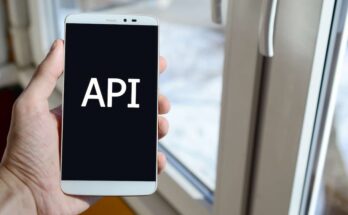With the increasingly tough competition among businesses offering various products with the same features, the only thing that will let your product stand out from others is a great user experience. An excellent user experience means that the product is designed to give each user a captivating and meaningful experience. Many businesses hire top-notch user experience companies that help them get websites, web apps or mobile apps or other digital products as per their expectations.
Here is a checklist of some excellent UX design examples that showcase the power of giving a personalized and seamless experience to users:

1. Zoom App
Zoom became more popular as a go-to virtual meeting app. Keeping the design simple, expecting all the tasks users would love to complete on the app makes Zoom incorporate all tasks into four simple options. Be it starting a meeting immediately, scheduling a new meeting, join a meeting scheduled by others, or share your screen, you can easily click on a link on the required options. The brilliance of the design lies in a simplistic design, ease and comfort offered to users.

2. Threadless
Threadless is a leading e-commerce brand that sells graphic designed t-shirts and has a large group of talented artists. It provides a unique and most satisfactory online shopping experience. Whenever a user adds products to the shopping cart, he can view a pop up that acknowledges the order, displays the item/items ordered, and provide the total cost of items in the cart, letting users know, how much they are spending. Moreover, the cartoon of the cart adds to the joy of users.

3. Disney+ Landing Page
When a movie buff logs in to Disney+ he or she gets to a landing page that looks like Netflix. A large featured area at the top and horizontal rows of video options organized by genre or other recommendation criteria. Between them, lies five logos that represent Disney’s five brands. Users can click on any of these logos that are self-expressive and let users know what they can expect from their selection. The brilliance of the design lies in the organization and presentation of categories in an easy-to-understand way.

4. Grammarly’s Onboarding Emails
Grammarly’s onboarding emails are yet another example of good UX design that showcases that user experience can be improved through a non-product method like the emails or Grammarly’s insights that provide users stats about their performance records and approach them in a user-friendly way.

5. Facebook
With over 2.5 billion users it would be a mammoth task to provide a good UX to each of these users. However, Facebook offers a personalized user experience with its array of features and scores of elements based on users’ location, language, interest, and activity. Whether it is for getting a brief weather update likely on your location to a safety check that allows you and your friends to mark safe at a time of the disaster, these features help users establish a bond of trust and enhance credibility.
Experienced UX designers of a leading user experience company will make changes in your website, web or mobile apps or build captivating and valuable UX design that would project the best brand image.




